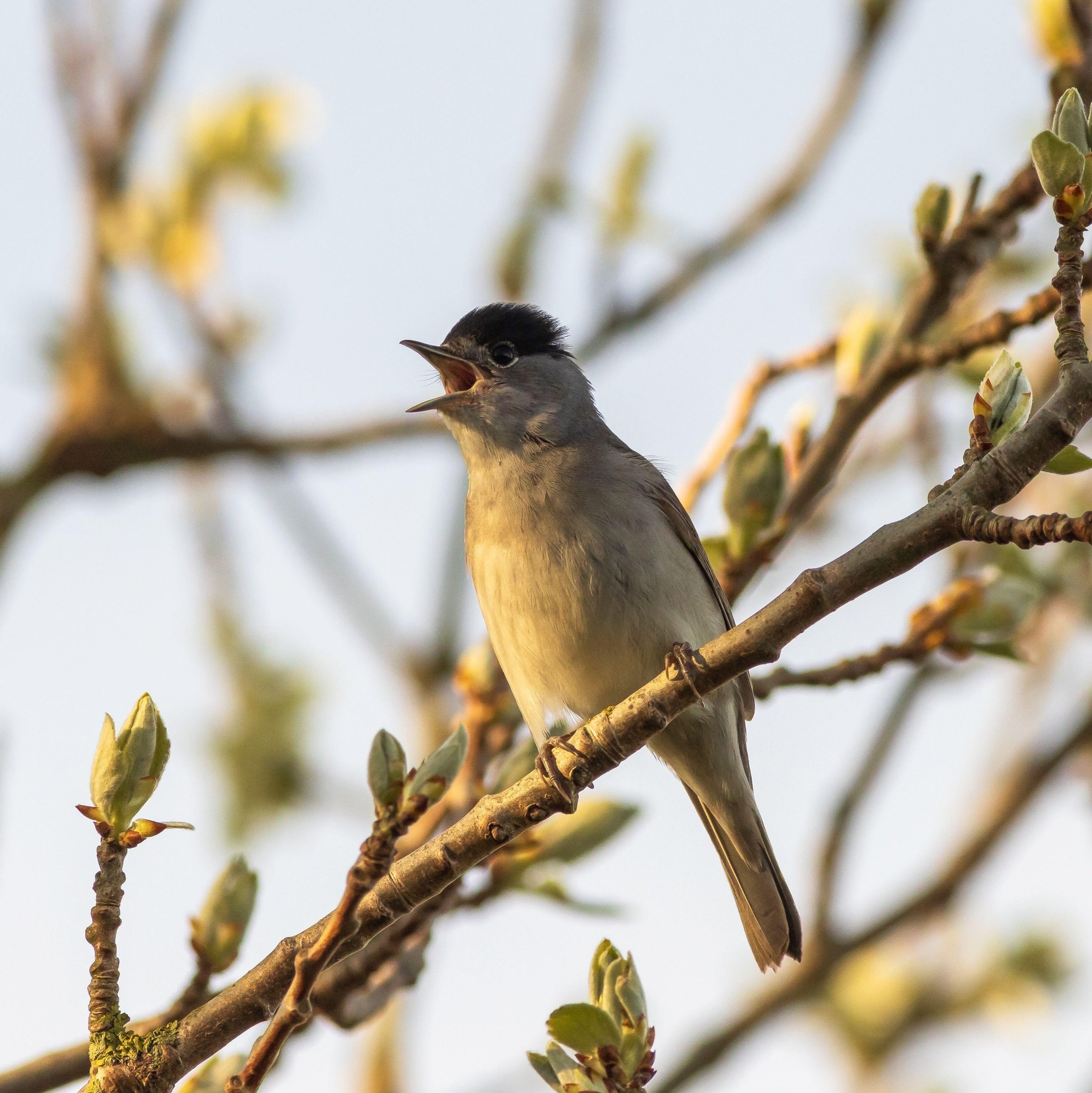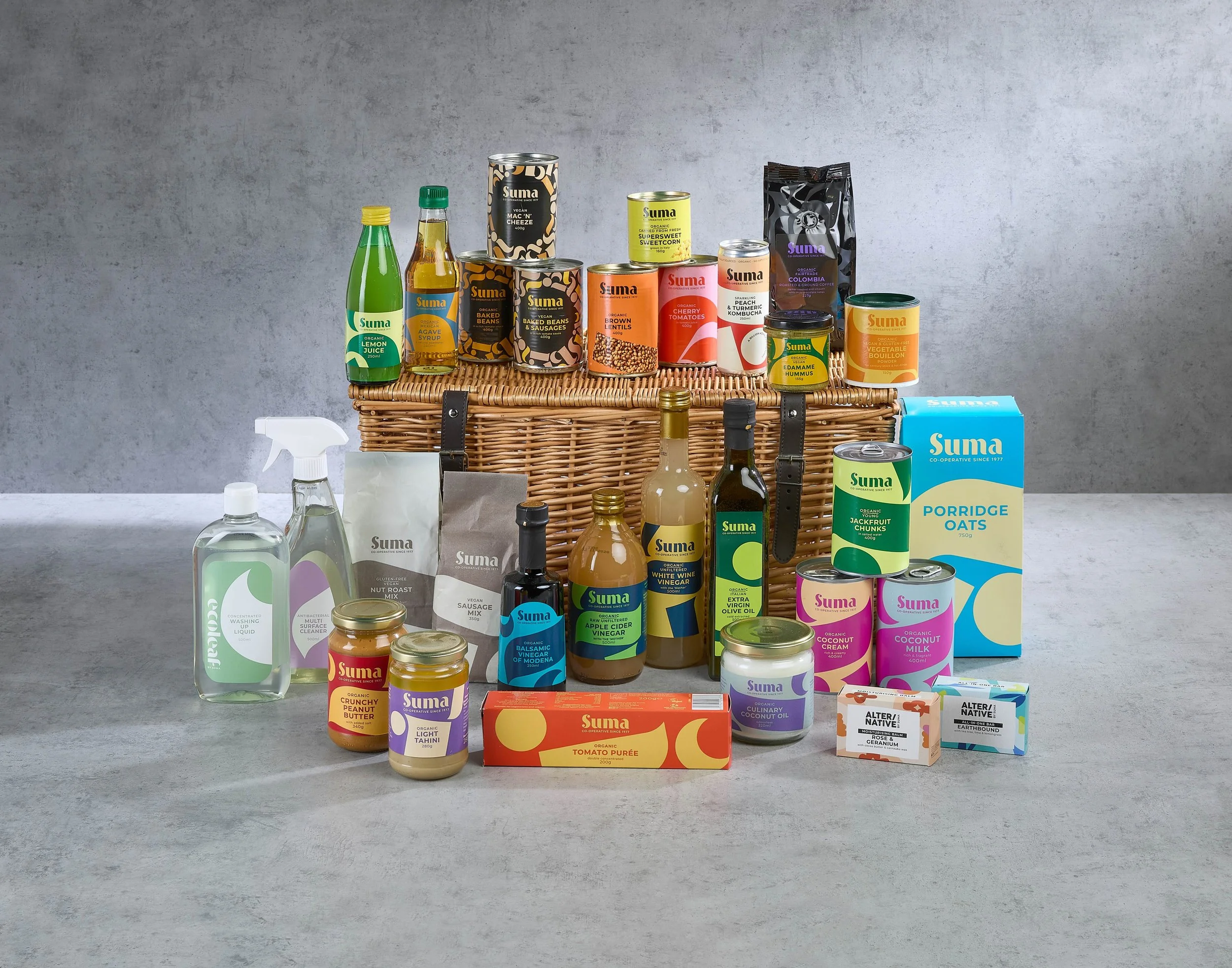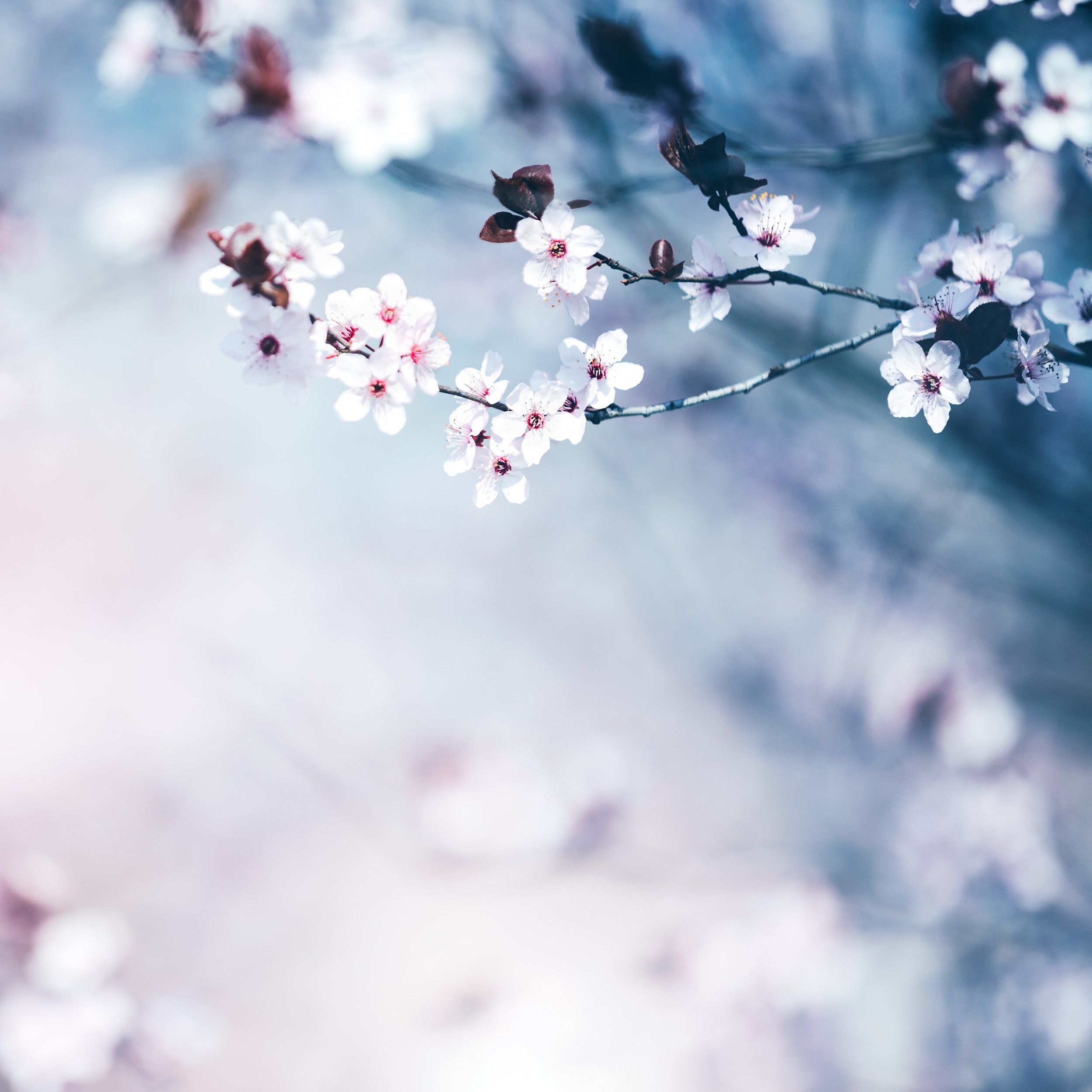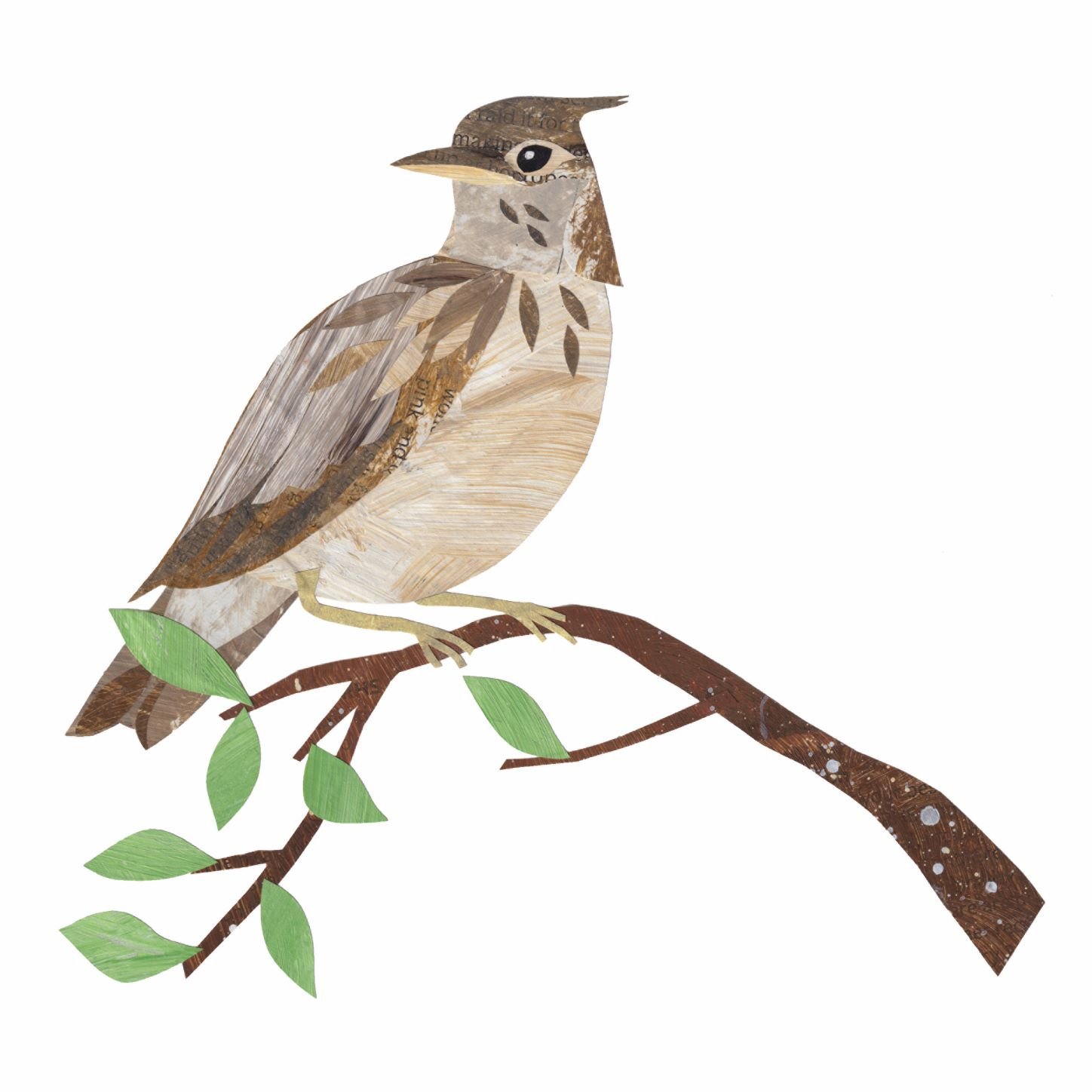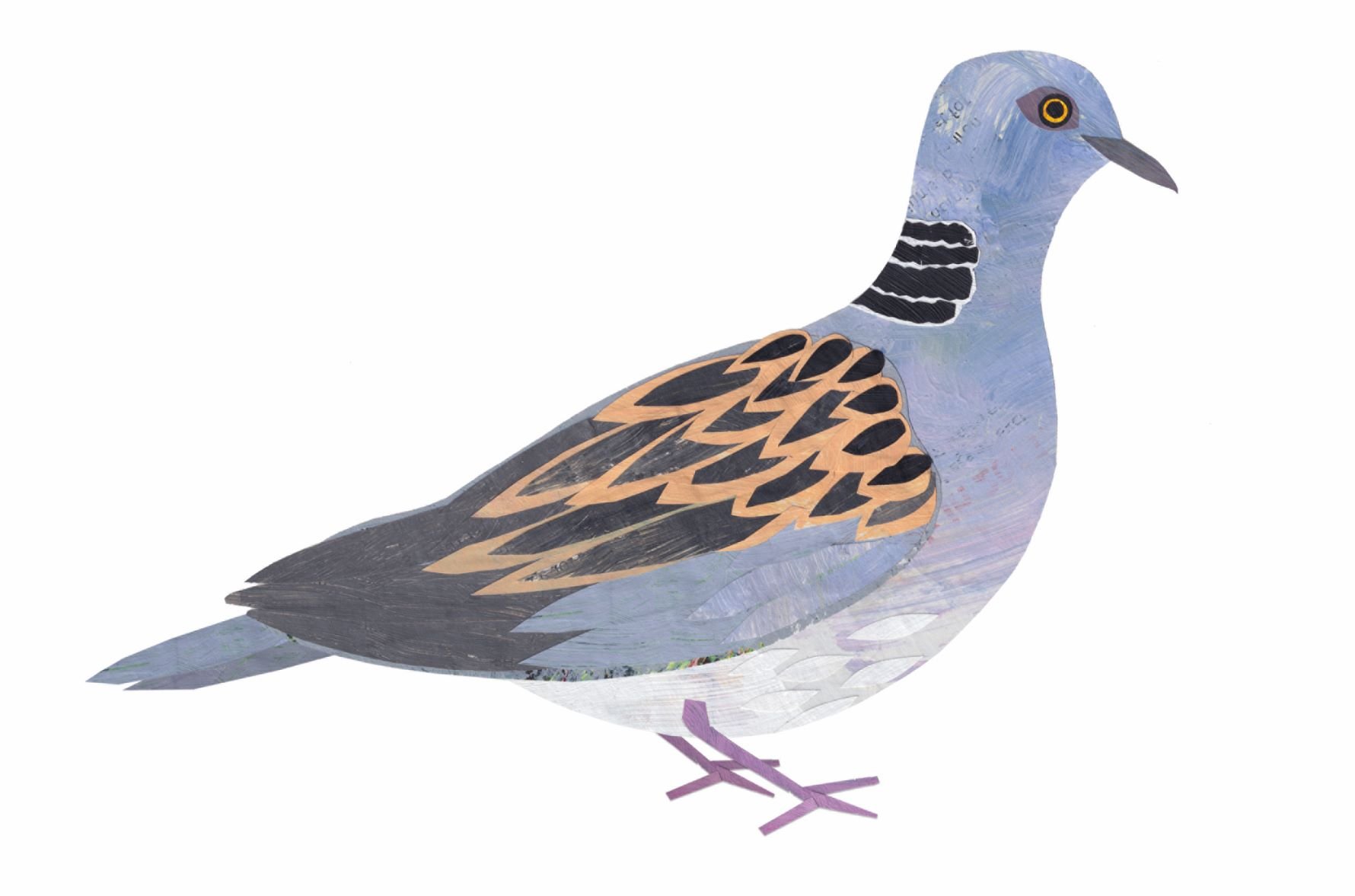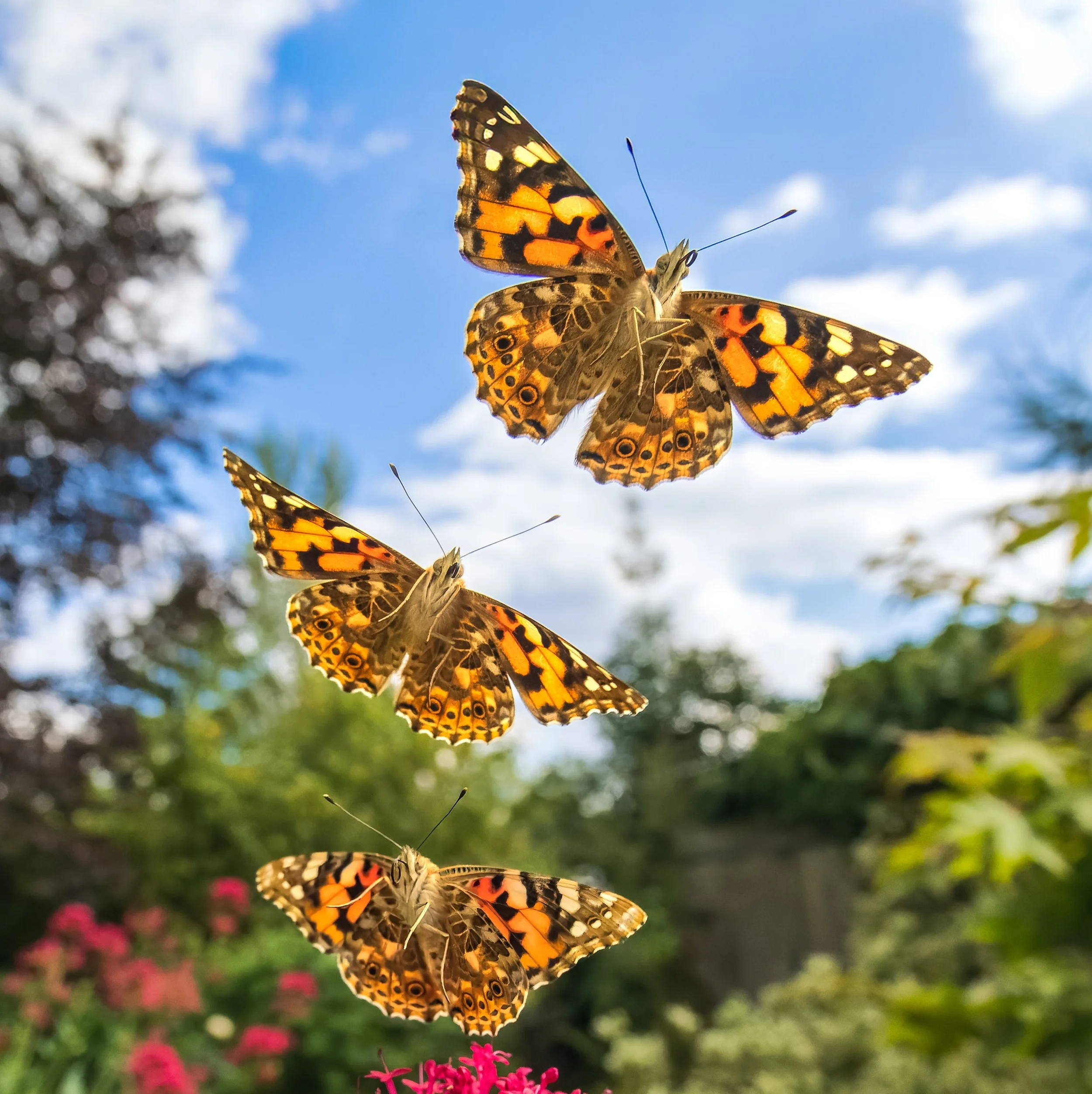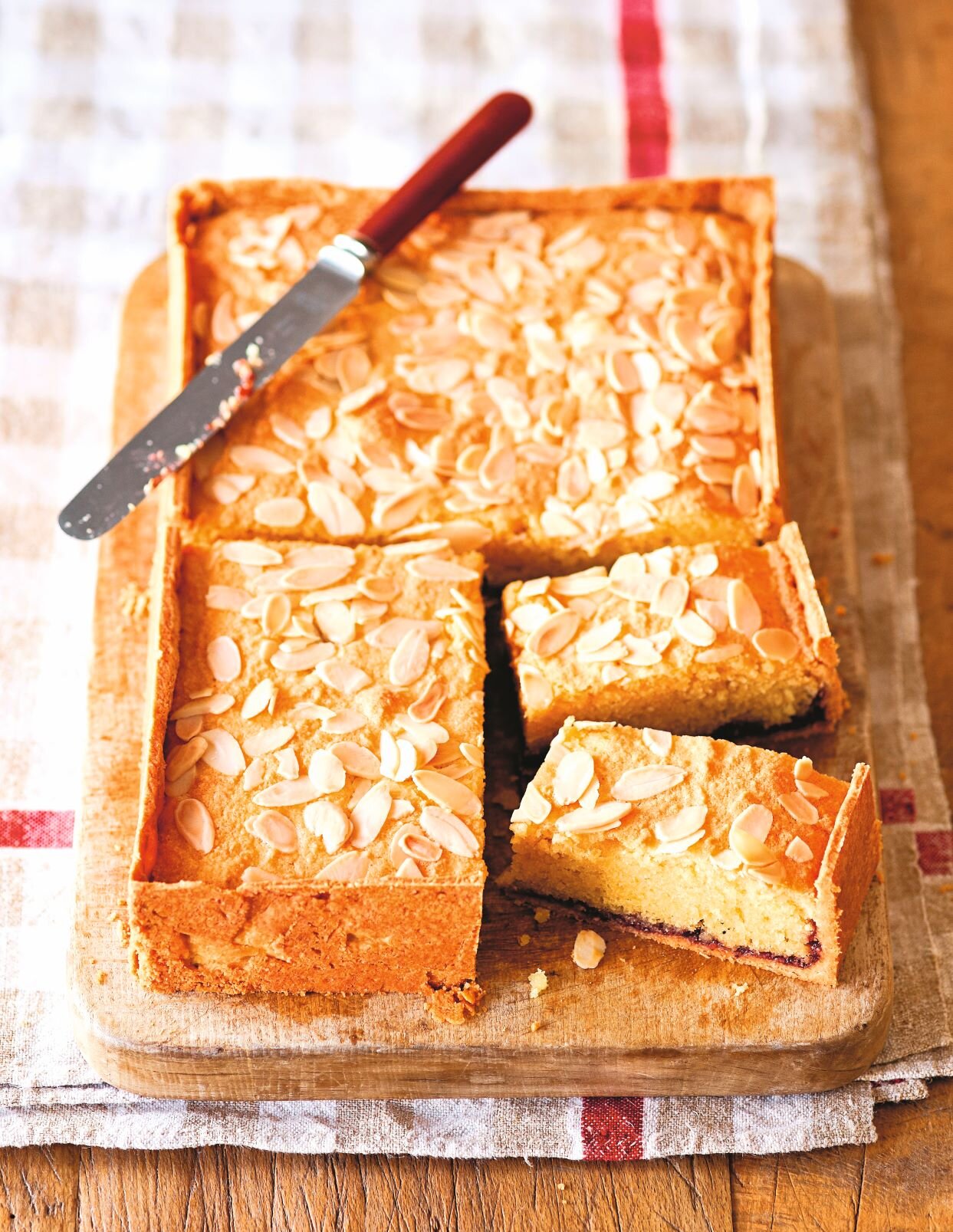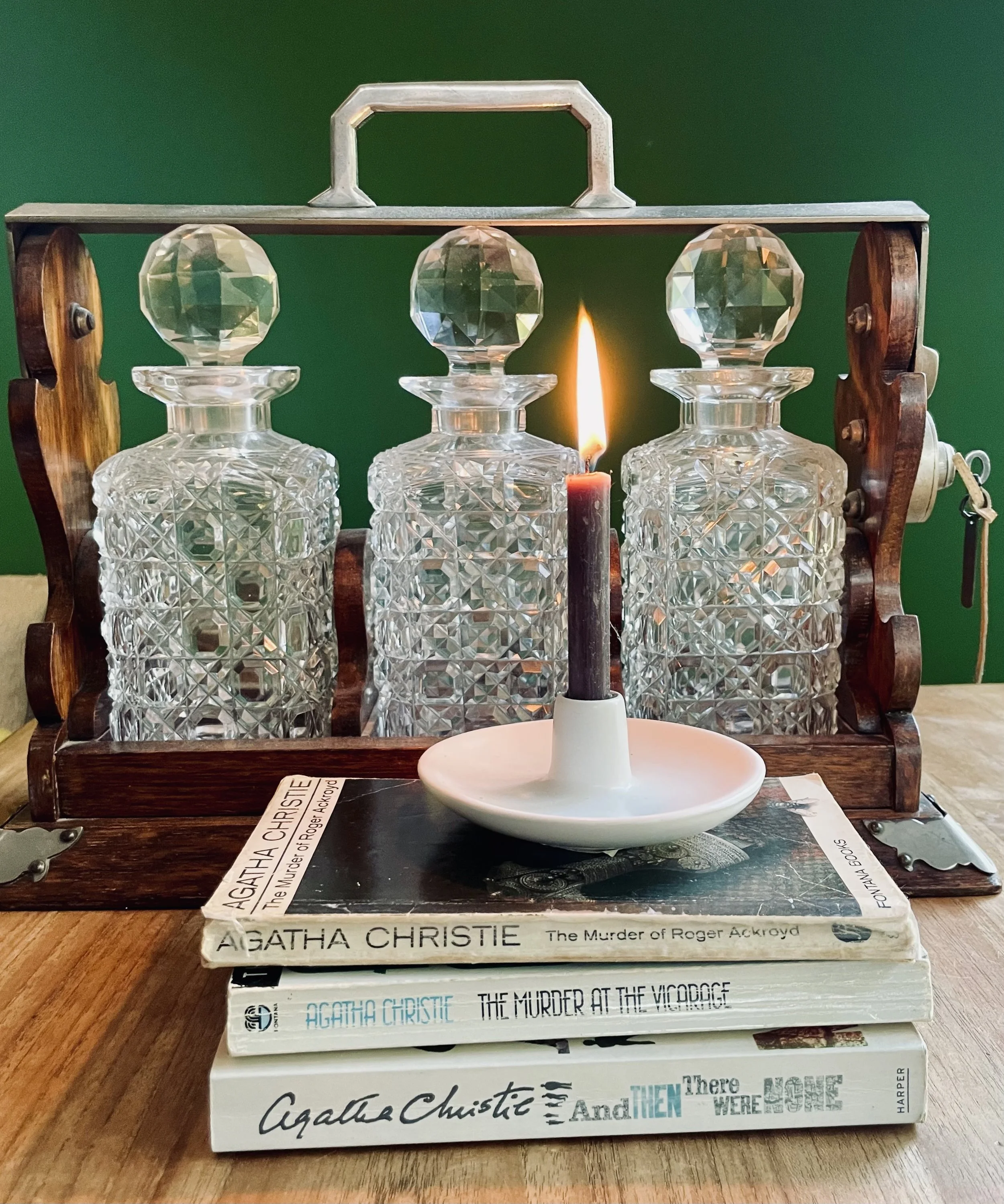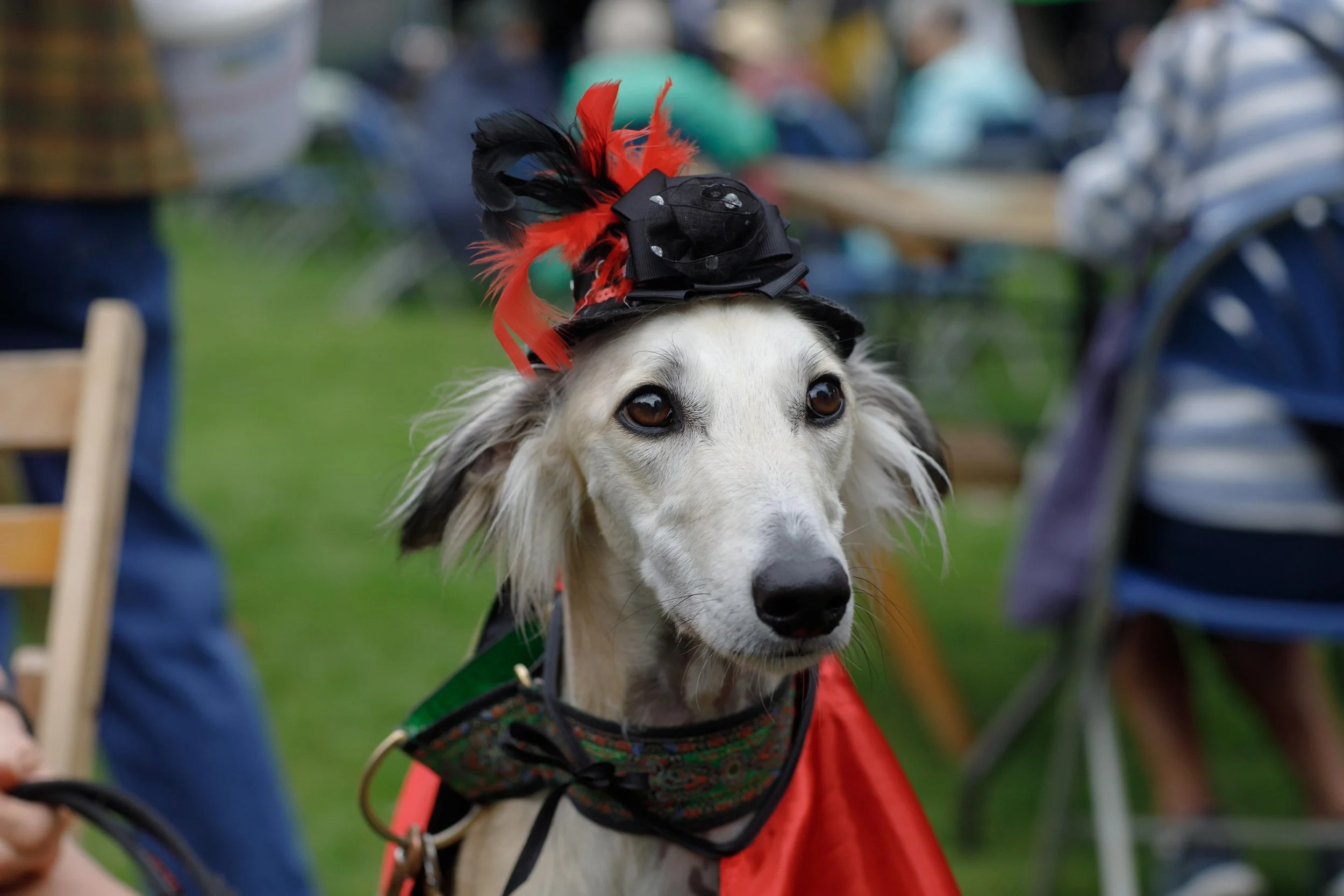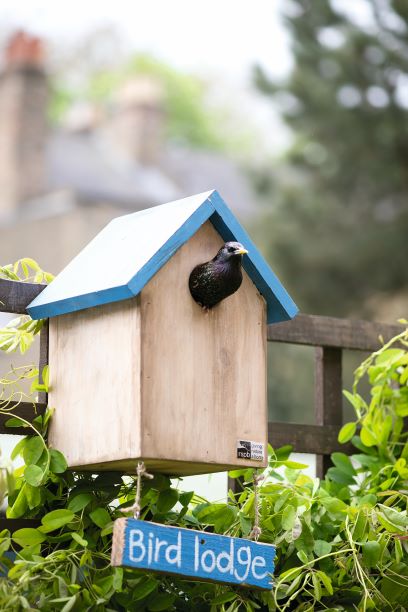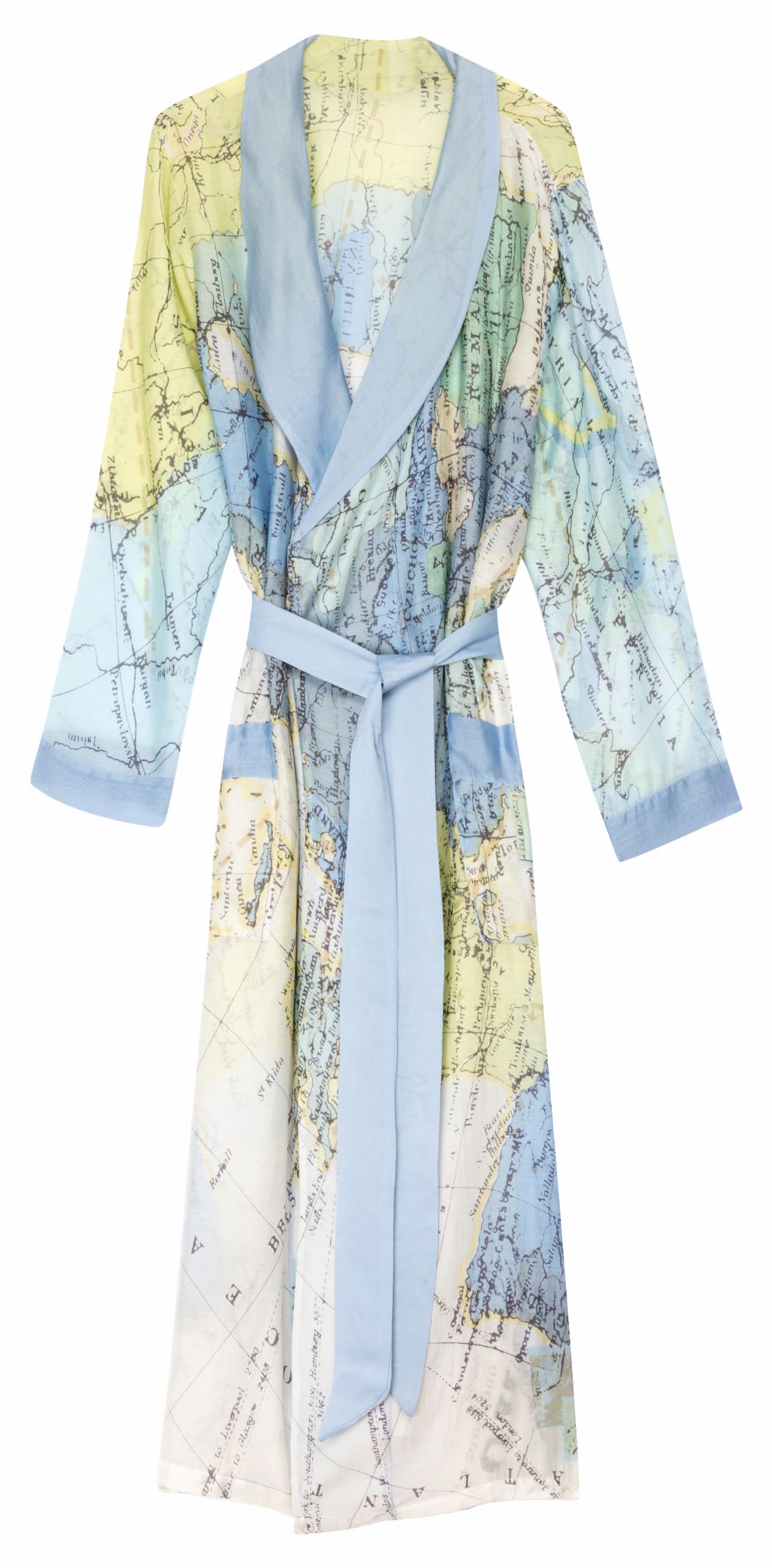Like a confusing song lyric? So do we! Read on to learn more
Let’s take a step back in time. It’s 1989. You’ve been to Woolies for your pick ‘n’ mix and to spend your pocket money. And you’ve bought the single by They Might Be Giants, ‘Make a Little Birdhouse in your Soul’... And after 12 plays, you’re none the wiser as to what the hell this song is all about.
In fact, after 30 years, you’re still none the wiser. To celebrate national bird box week, which starts today, we’re unpicking the mystery for you and helping you make a little birdhouse in your soul.
The first thing you need to know is that this is a story told from the perspective of a nightlight. Yes. A nightlight:
“Blue canary in the outlet by the light switch
Who watches over you”
You’re probably a child because the nightlight’s job is to comfort you in the dark, and the nightlight is shaped like a blue canary (apparently this was an Actual Thing). The nightlight is in your bedroom so it’s a bit like a night time friend, glowing over there by the plug socket.
“I'm your only friend
I'm not your only friend
But I'm a little glowing friend
But really I'm not actually your friend
But I am”
So it’s not a ‘real’ friend, but it’s a friend to you in that it lights your bedroom in the dark. But it’s not sure… Or is it sure? Still with us? Hold tight.
Opposite the blue canary is a picture of a lighthouse:
“There's a picture opposite me
Of my primitive ancestry
Which stood on rocky shores
And kept the beaches shipwreck-free
Though I respect that a lot
I'd be fired if that were my job
After killing Jason off
And countless screaming Argonauts”
The little nightlight knows he’d be rubbish at the job of being a lighthouse; but fortunately his job is here, watching over you at night time. He values the role and your friendship so much, in fact, he wants you to make a little birdhouse in your soul for him to live in. Not only that, he also suggests you:
“Leave the nightlight on
Inside the birdhouse in your soul”
… so you’ll be extra cosy, maybe? So you’ll have a warm glow in your heart? So he can live in your soul? Maybe don’t think about this too hard…
There are many and various theories on the meaning of the song, from it being about Greek mythology to being sung by a demon. The song’s writer, John Linnell, however, said: "'Birdhouse In Your Soul' is a song about a night light. That's it. It's written from the perspective of a night light serenading the occupant of its room. The thing is, there are so many syllables in the songs that we had to come up with something to fill the spaces. So it ends up being kind of Gilbert and Sullivany." Illuminating. Almost as illuminating as a night light.
It’s a beautifully weird and weirdly beautiful little song though. There can’t be many songs that made the top 10 that are told from the perspective of a night light. In fact, we’d hazard a guess that this is the only one. Worth making space in your soul for.
And now you’re feeling inspired to make a little birdhouse, and it being National Nest Box week, read our feature in the February issue on birdhouses and make a little birdhouse in your garden, too.
Get hold of your copy of this month's The Simple Things - buy, download or subscribe
More from the February issue…

